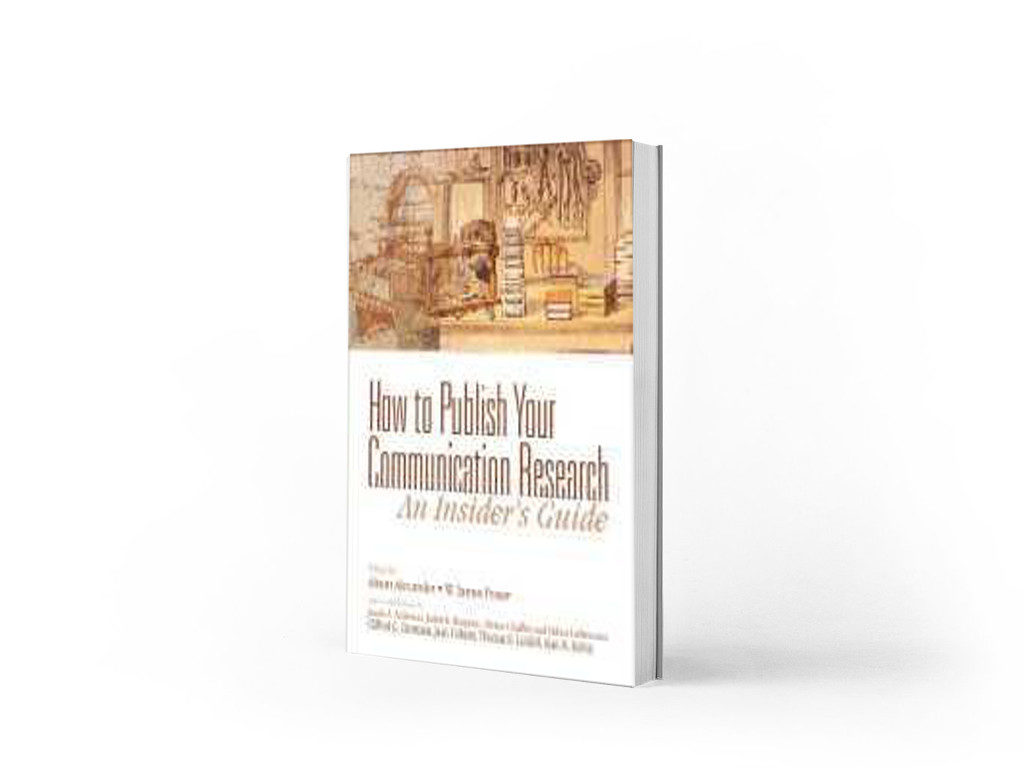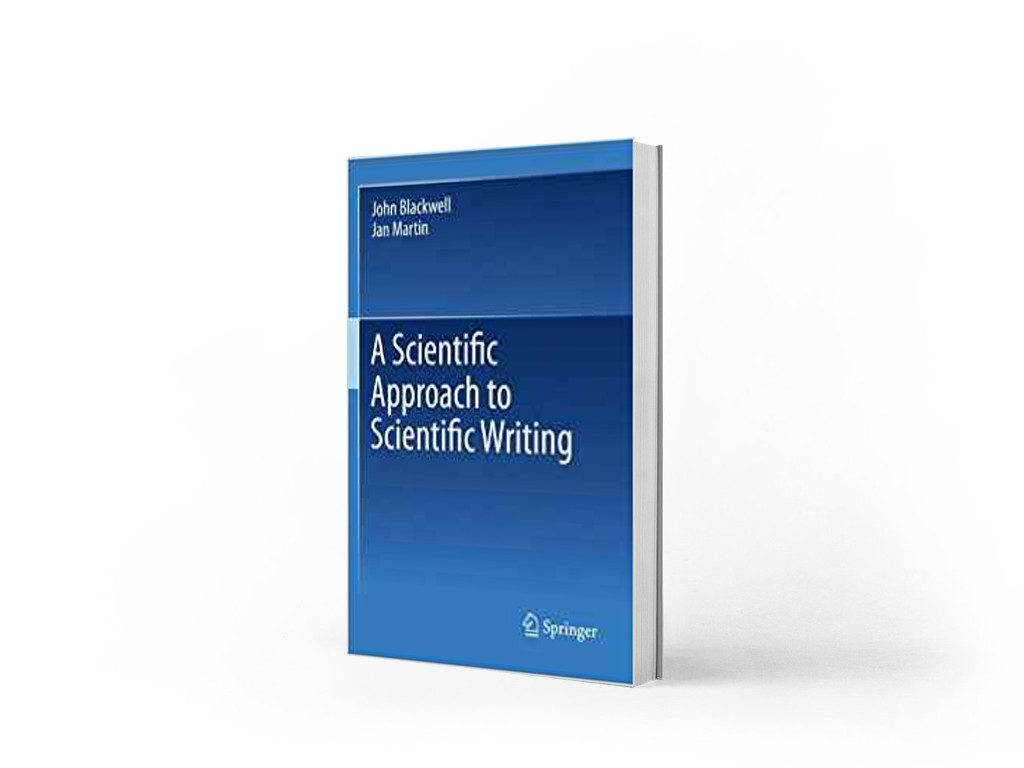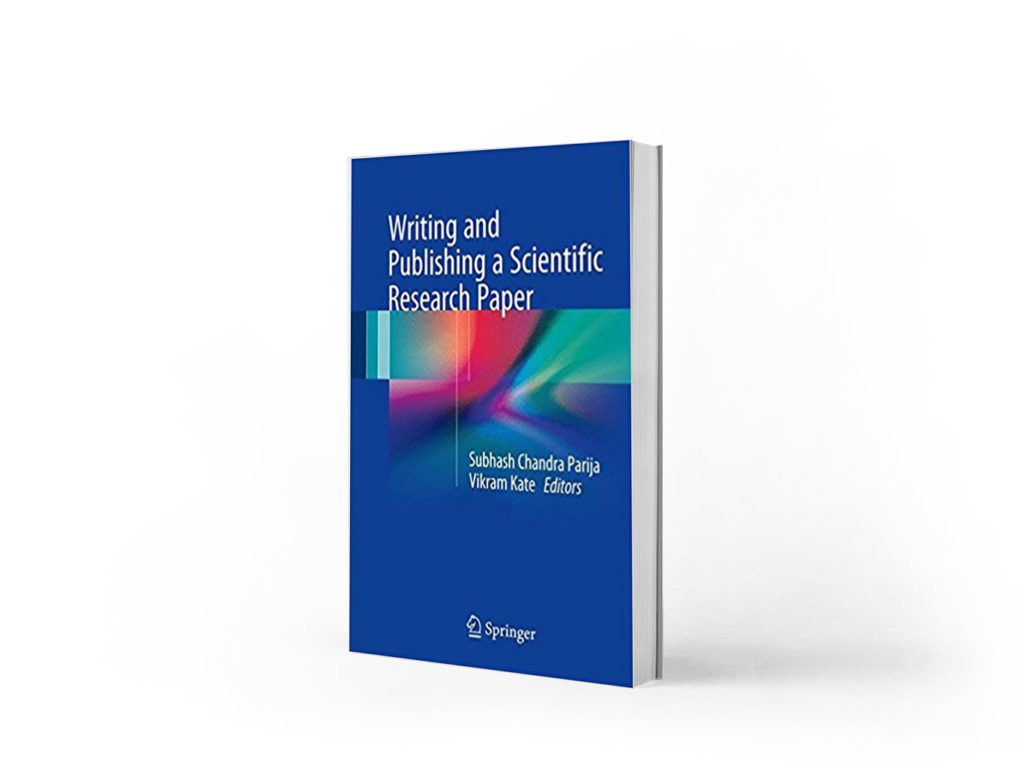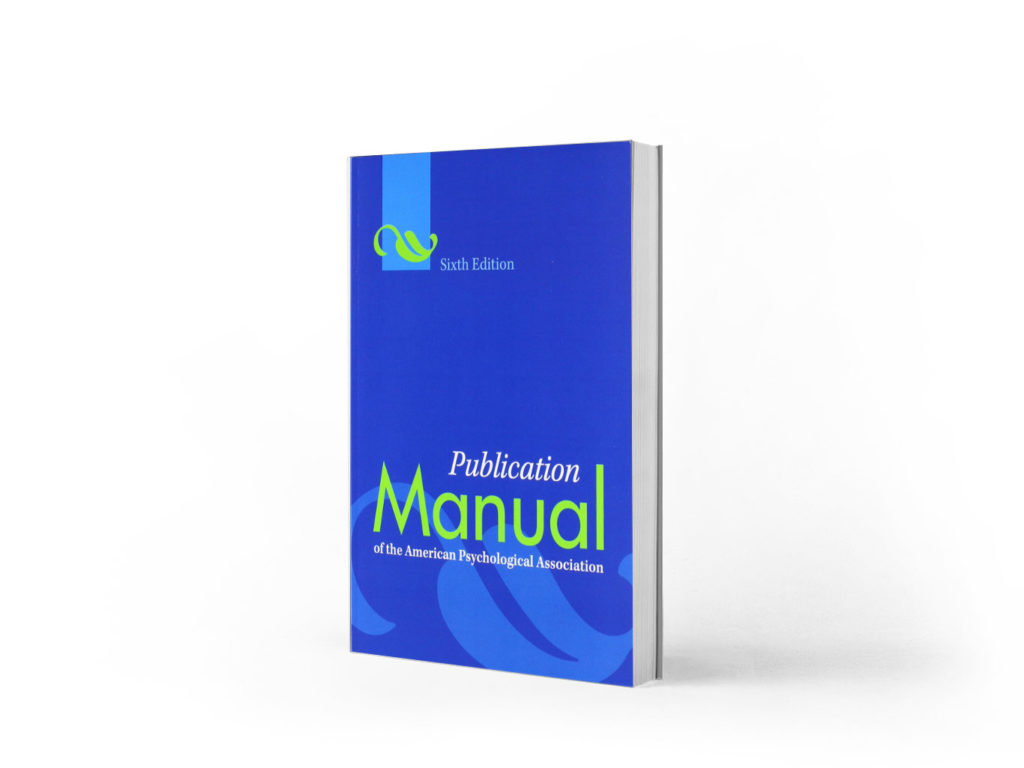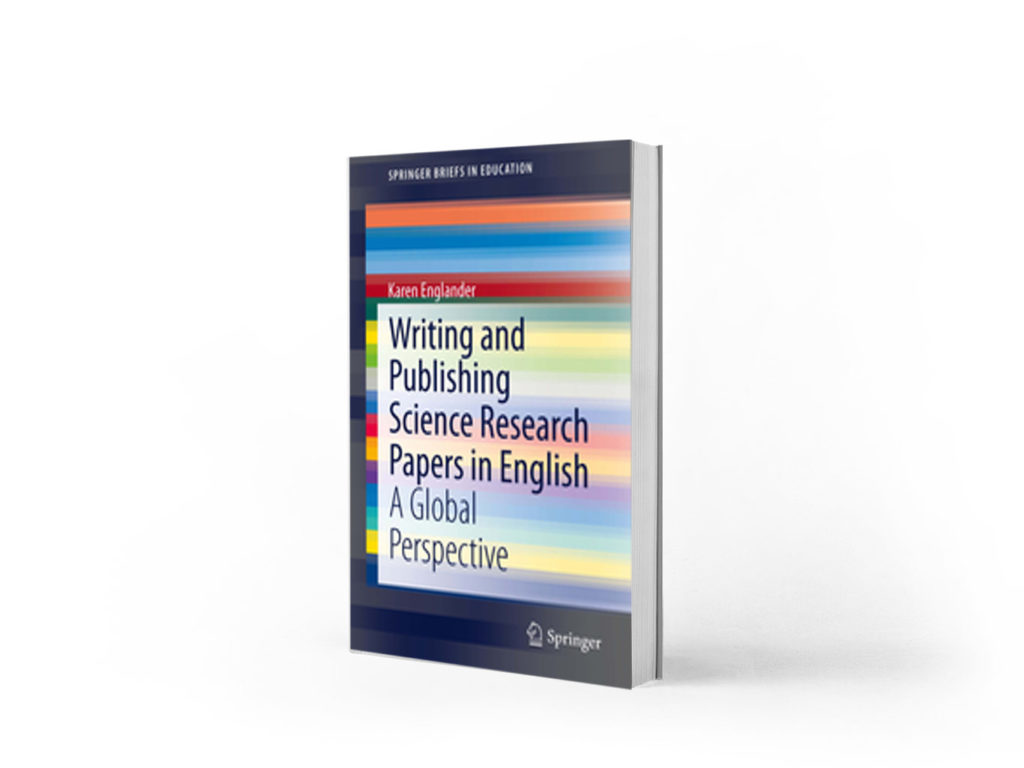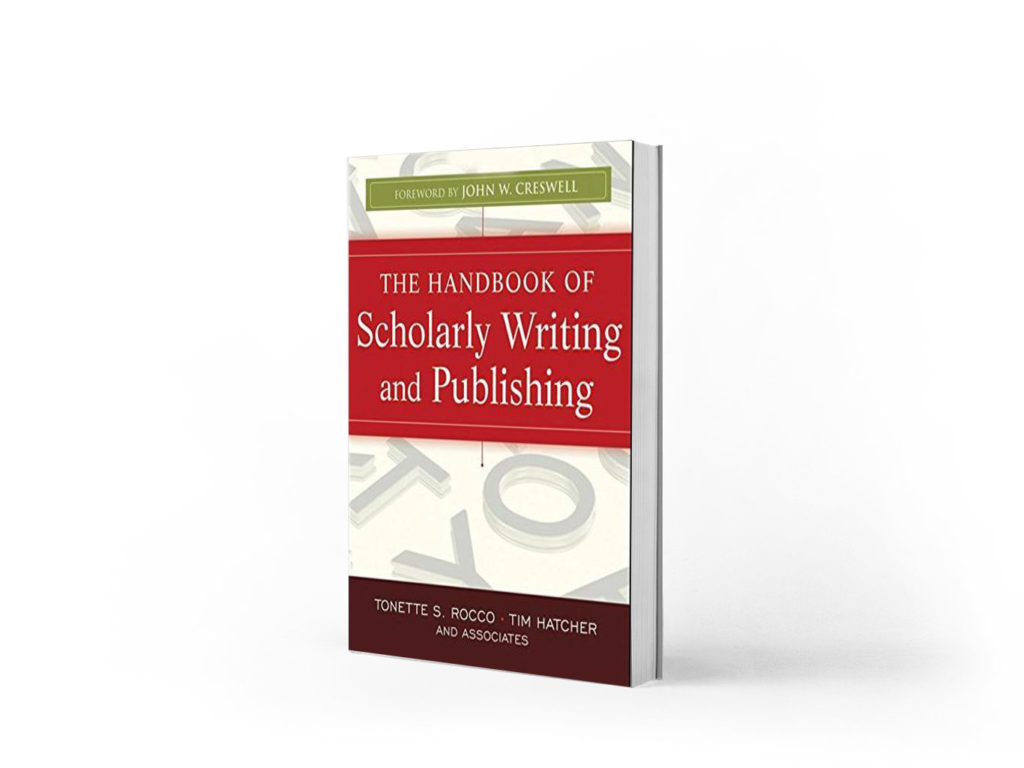Published Books
This section provides recommendations of books in scientific writing and efficient publishing. Each entry includes a short description of the book and a link to its website with more detailed information, list of contents as well as downloadable chapters.
Essentials of Writing Biomedical Research Papers
Mimi Zeiger, wyd. McGraw Hill Professional
It is one of the most frequently recommended books on scientific writing, especially for environmental sciences. It is a first-aid kit for everyone preparing a biomedical text as it provides clear pieces of advice on structuring your text, efficient writing techniques, course materials, and so on. It also includes extended exercises that may help you improve your researcher workshop. It is a mandatory lecture for all scientists writing papers on medicine.
How to Publish Your Communication Research: An Insider?s Guide
Alison Alexander, W. James Potter, wyd. Sage Publishing 2001
The authors describe the lengthy process of publishing a scientific paper. They start by pointing to possible traps that may be encountered along the way and provide advice on how to avoid them already on the writing stage. In further chapters, they discuss gathered editorial experience and what they look for in submitted papers, what decides about accepting or declining a particular work. Many researchers, students and people dealing with scientific writing, reviews, theoretical, cultural and historical essays, qualitative and quantitative analyses, and so on, have reported to be using this particular work.
A Scientific Approach to Scientific Writing
John Blackwell, Jan Martin, wyd. Springer 2011
This guide walks the reader through the process of scientific writing in a systematised way, stage by stage, up to the application for publication in a prestigious journal. Here we will find detailed descriptions of the elements each academic paper should contain, within a framework which can serve us as a writing guide from the very beginning. The authors use four different papers as an example, of a different complexity level, walking the reader from the title to the conclusions. Here we will find tips on writing other types of texts (reports, overviews, emails, messages). Written by experienced scientists who have read, edited and reviewed over 4,000 article, it is a compulsory read for non-native English-speaking students and researchers representing various fields of science. It can also be of great use to native English speakers.
Writing and Publishing a Scientific Research Paper
Parija, Subhash Chandra, Kate, Vikram, wyd. Springer
This book discusses all the most important aspects of high-quality academic writing, presented in eighteen carefully selected chapters. It also takes up other, more rarely addressed topics, e.g. how to proceed with rejected manuscripts; requirements imposed on academic papers as seen from a reviewer?s perspective; plagiarism; copyright and ethical standards of academic writing. Simplicity is the hallmark of this book; it aims to provide accessible, comprehensive and indispensable information to those who look for academic writing tips.
Publication Manual of the American Psychological Association
American Psychological Association
This publication can be treated as a style coursebook for writers, editors, students and teachers who specialise in social and behavioural science. It is an invaluable resource and guide through all the aspects of writing, ranging from writing ethics to word choice allowing to reduce the risk of language errors. It also provides tips on selection of headings, table captions, graphs and tone of language, which help create a simple but powerful and elegant scientific message.
Writing and Publishing Science Research Papers in English
Karen Englander, wyd. Springer
This book is an exhaustive overview of contemporary knowledge on writing and academic publishing, as well as a social viewpoint in a global perspective. It contains tips useful both for native and non-native speakers of English. Here we will find systematised publication types for different domains, and detailed guidelines on how a good-quality academic paper should look. The author compares standard English academic writing to academic papers in other languages; she also shows the strengths and weaknesses of people with varying levels of experience in academic publishing as well as the role of editors and reviewers.
The Handbook of Scholarly Writing and Publishing
Tonette S. Rocco, Timothy Gary Hatcher, John W. Creswell, wyd. Wiley
This book is a breakthrough resource for both fledgling and experienced academics of all fields, offering a broad overview of elements necessary for the preparation of academic texts submitted for journals. The authors discuss the content of different types of manuscripts, explain the application process and provide the reader with tips on how to collaborate with editors and co-authors and how to proceed with proofreading and resubmission of rejected manuscripts. The book also says how to develop high-quality writing skills, defines the features of a good overview, and advises how to become an excellent manuscript reviewer.

